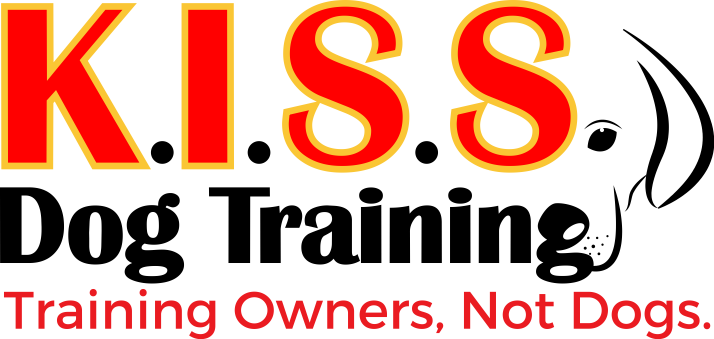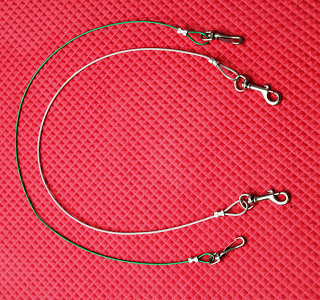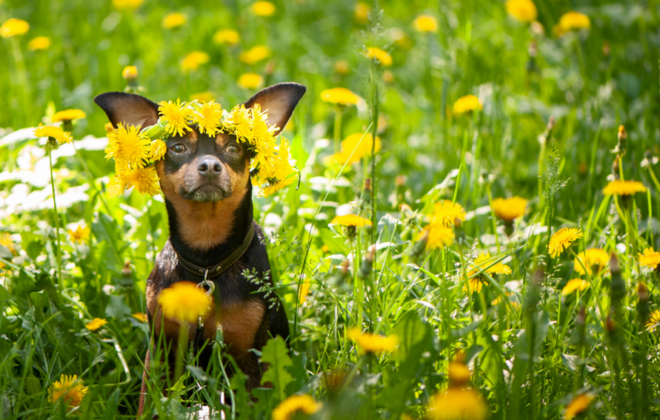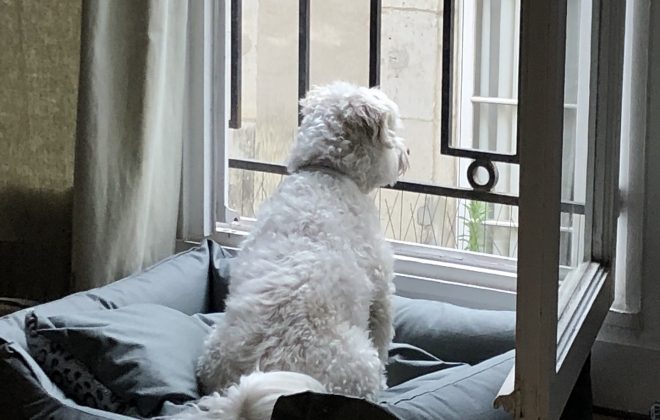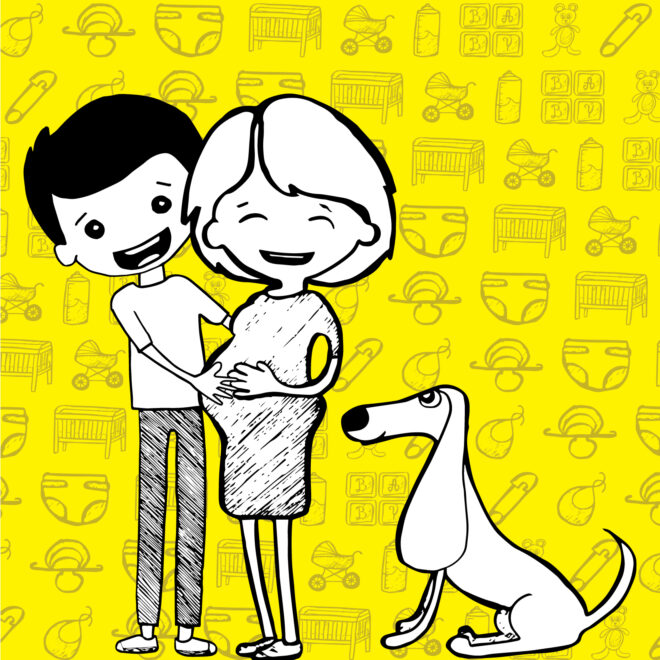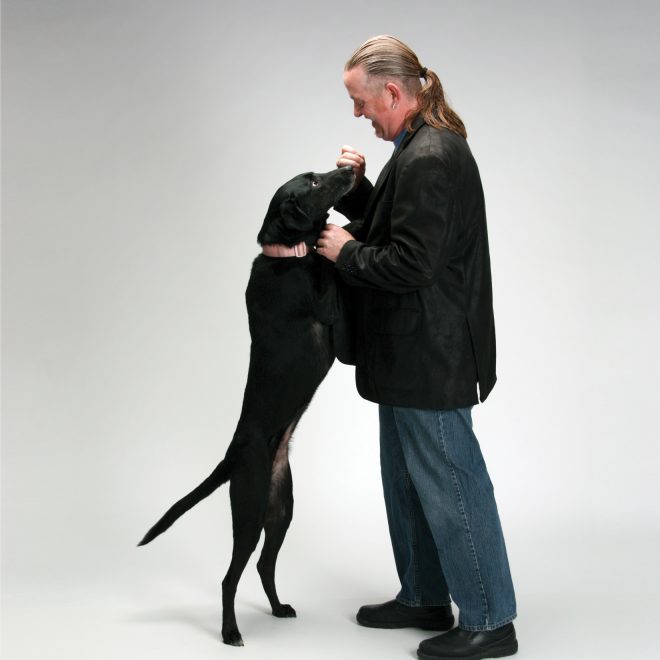Tethers, What are they and Should I Use Them (Another Blast from the Past 2011 to be specific)

Now that is a word that brings up all sorts of emotions in pet owners; some positive and some negative. I hope this article helps to lay some ground rules for using tethers as well as give you some examples of how I use them when training dogs. You might even learn how tethers can stop some problems behaviors before they start!
Let’s start simple. Just what is a tether? It is a metal cable that is coated in plastic or rubber and has dog leash connectors at each end. They are tools that if used correctly, can teach a dog a great deal; but unfortunately many people use them the wrong way. This is why I think some people do not like them, or have a negative outlook on them. So, to make sure we start on the right foot, let’s share the ground rules first!
1. You never, ever, under any circumstance, leave a dog unattended while on a tether. The tether is a tool…not a babysitter.
2. Always make sure that the dog’s associations with the tether are positive. The tether is in no way to be used as a punishment.
3. The duration of time spent on a tether should always be considered. If there is no training taking place, then there should be no tether. Once again not a baby sitter.
Next is to set a tether point permanently or set one temporarily. The permanent tether point is the one I use in my house and is reasonably simple. Buy an eye hook, pick your general spot, find a stud in the wall and screw the eye hook into the baseboard. Make sure you go through the baseboard and into the stud (footer board of the wall) or your pooch will end up pulling 8-10 feet of baseboard molding off the wall. Once done, simply connect one end to the eye hook and the other to the dog.
The temporary point is easier but will have to be set up each time you wish to use the tether. There are basically two ways;
1) Wrap the tether around something heavy like the leg of a couch. (Make sure you pick something heavy enough to keep the dog in one spot.)
2) Take the cable under any door and then bring it up to the door knob on the back side of the door, or attach some form of stopper that can’t fit under the door when closed. Shut the door and wha-la you have a temporary tether.
You can Google pet tethers and get really good images of either of these ways or just give me a call and I can help (I have made and used my own over the years)
Okay, so now you are probably thinking to yourself, just what am I supposed to do with these tether things? Well, I use tethers to facilitate the teaching of three specific skills;
1) greeting people at the door nicely while using Park it
2) the technique of the 15 minute ignore
3) learning basic commands at a distance.
As you can see, these are specific skills and the use of the tethers during the training of these skills will be just as specific. I also use tethers to facilitate the feeding of multiple dogs at the same time in the same room. Feeding them on tether also associates a good thing with their “Park It” spot at their tether, so they tend to go there automatically when it’s time to be fed. It makes me smile to have my youngest say “Park It” and have all four dogs go to their own spot at the same time!
The next blog will focus on the three specific training techniques and how they are made much simpler through the use of the tether!
Related Posts
Search Blogs
Most Popular Posts
Best Selling Books
K.I.S.S. Dog Training proudly serves the Kansas City Metro, Overland Park and Surrounding Areas. 40 miles, 20 miles each way from Shawnee, KS is included for In-Home Sessions... Over that mileage is an additional charge of $1.00 per mile... Call with Questions
Contact Us Today!
K.I.S.S. Dog Training
Shawnee, Kansas
(913) 269-7595
